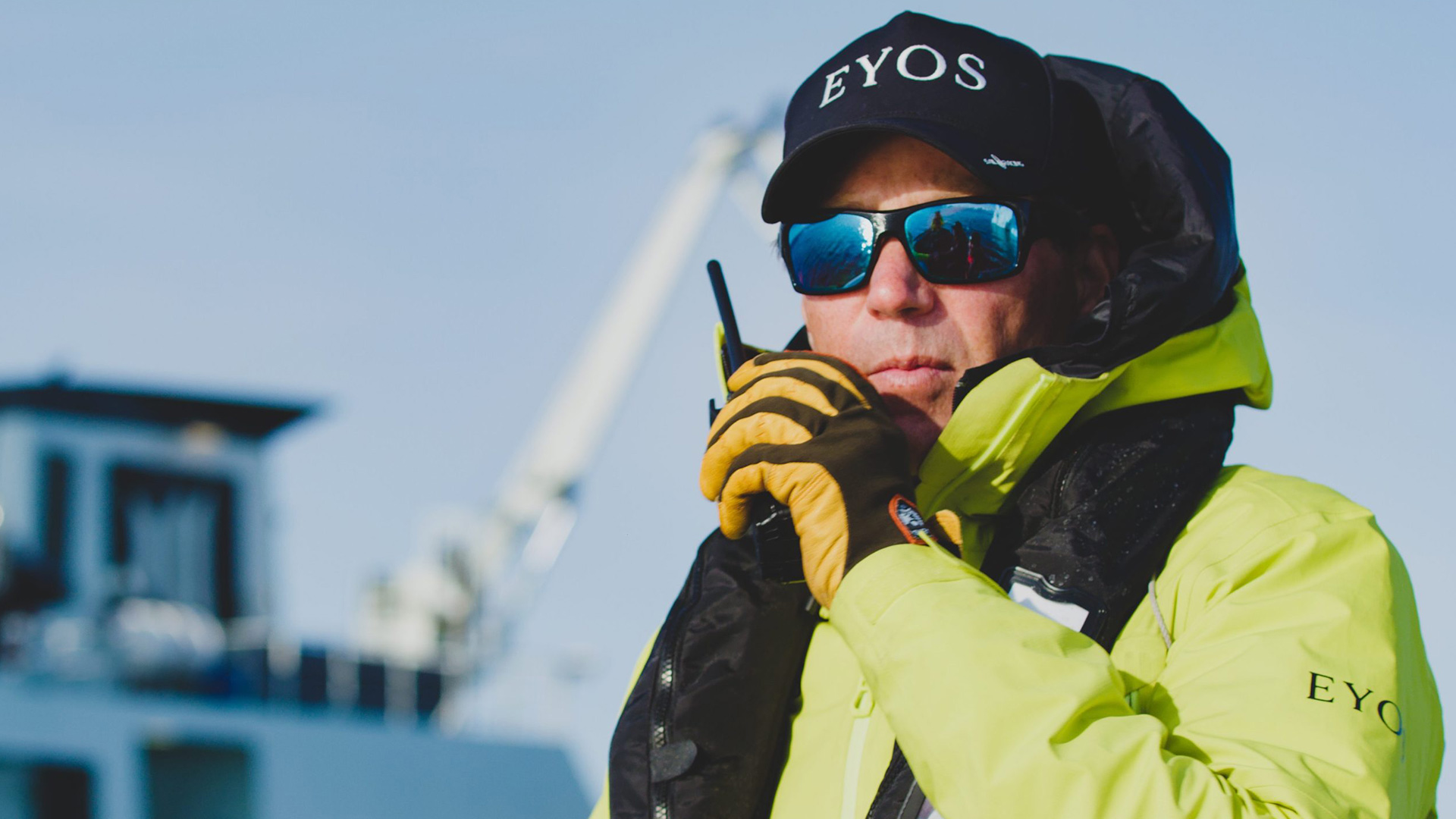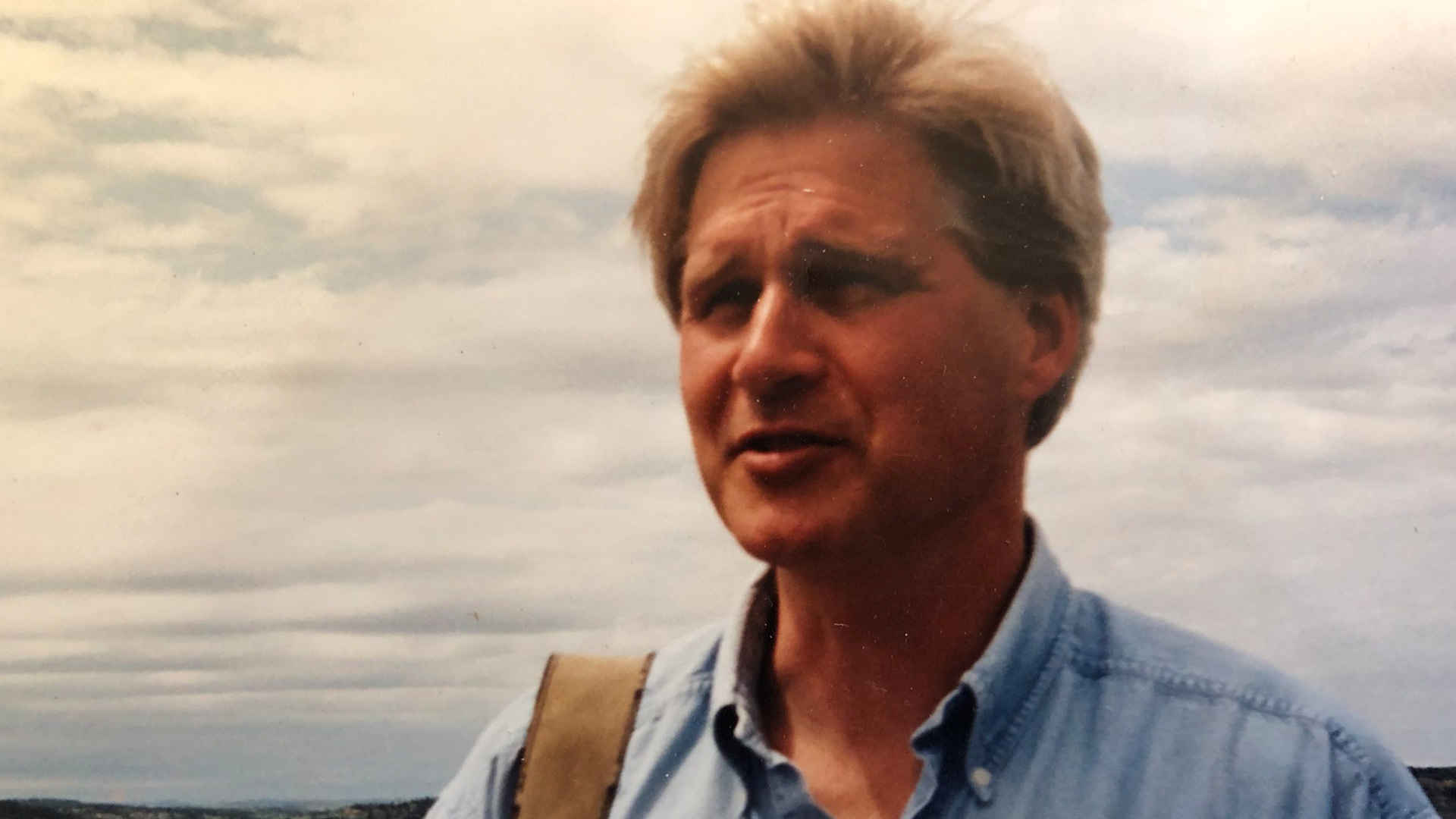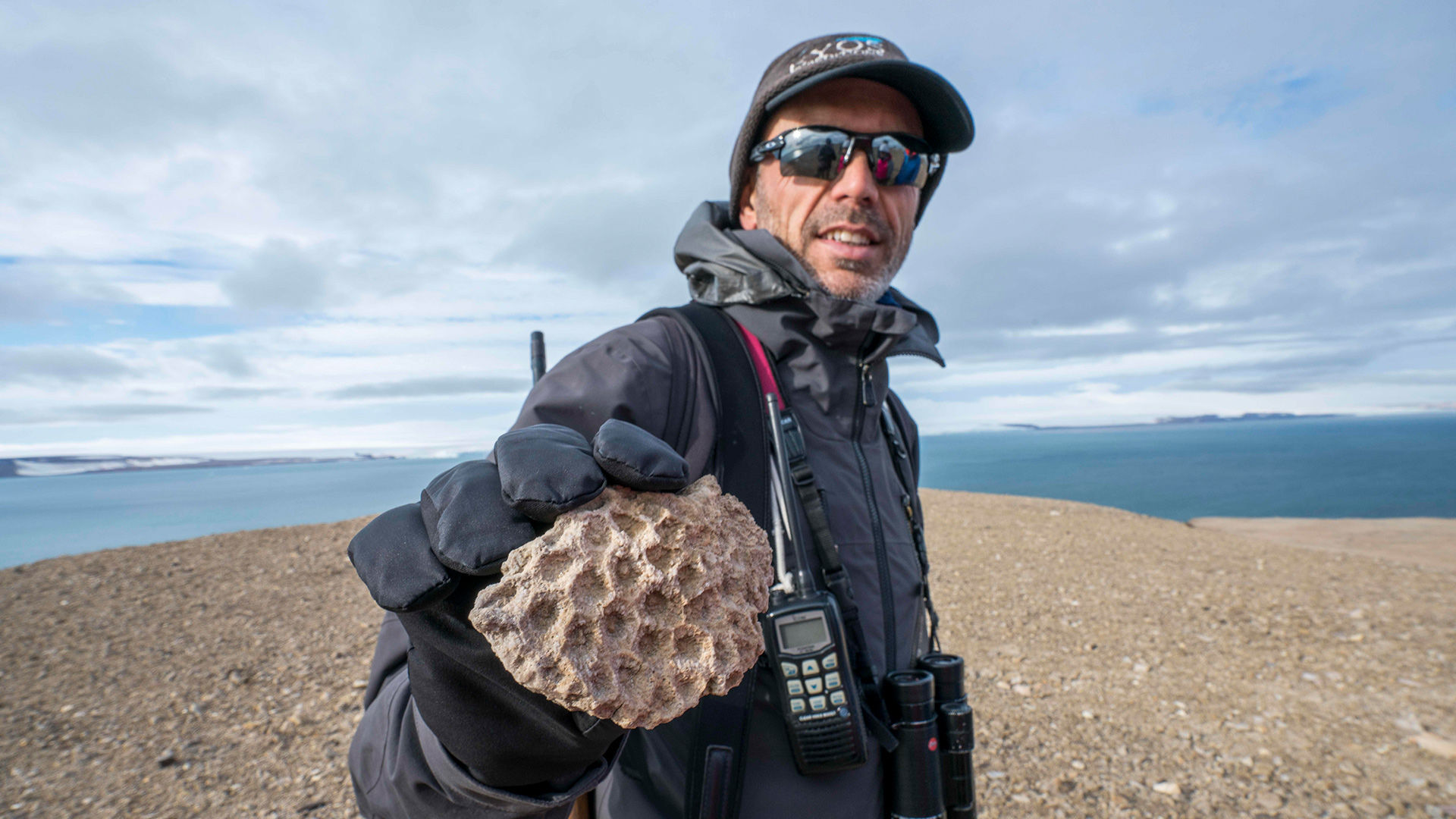Today, Condé Nast Traveler recognized EYOS co-founder Tim Soper as one of 2023’s Top Travel Specialists – his 7th consecutive year to win this honor! We sat down with Tim to discuss his unparalleled experience in the expedition world, some of the exciting accomplishments that led to this award, and what he thinks the future holds for expedition travel.
Hi, Tim! Congratulations on the award! Can you introduce yourself and explain in a few words your journey to founding EYOS? How did you get your start on expedition travel?
I was lucky to join my first expedition vessel as an 18-year-old Divemaster during my gap year. After going back to do my degree in Ocean Science, I returned to expeditions full-time, learning the world’s wild places, becoming an Expedition Leader, and eventually starting EYOS to cater to the increasing number of private yachts that were venturing to these extreme cruising grounds.
You’ve been the expedition leader on a record-breaking trip, taking a yacht further south than anyone before. What were the challenges you faced in sailing so far south, and how did you overcome them?
This trip was remarkable because no superyacht had ever visited this region so far south in Antarctica, before – and still, no others have made the voyage nearly a decade later! It was a long way to sail so needed a yacht with incredible range as well as the ability to handle rough sea conditions and lots of pack ice. But the prize was being the furthest south vessel in history and seeing the wonders of the Ross Sea – Emperor penguins and the expedition huts of Scott & Shackleton, dating from their quests for the south pole.
We utilize Zodiacs as landing crafts and tenders to explore remote places that are otherwise inaccessible by other operators. Some staff have called you ‘the best zodiac driver ever.’ What are some of the most challenging/exciting landings you’ve pulled off to share these destinations with guests?
That is very kind of them – I guess I had a lot of practice over the years! But I was also lucky enough to grow up by the sea with a sailing dinghy or a skiff with a 5hp outboard giving me freedom to explore. Boat handling and sailing were second nature so it was fantastic to find a job that gave me opportunities for boating in such exciting places. Driving in ice is always a thrill, but the really challenging landings are those exposed to big swells – remote islands in the southern ocean or the Pacific like South Georgia or Pitcairn. Guests are obviously really keen to get ashore on these unique islands and we do everything we can to get them there safely even if it means a team standing in the surf in dry suits to catch the boats!
As well as being a way to get ashore on wild coasts, Zodiacs are also fantastic boats to cruise in. They are quiet, incredibly maneuverable, and those on board sit low, close to the waterline and the action making them unbeatable for photography. Going for a Zodiac cruise along a coast packed with wildlife such as in South Georgia is like going for a game drive on Safari in Africa, except you get much closer to the wildlife! One of the fun challenges as a driver is putting the guests on board my Zodiac in the best possible position to watch penguins jumping into the water, a polar bear stalking a seal in the ice, or place the boat so a whale surfaces right next to us. We have so many incredible experiences in these humble little boats.
Zodiacs are just one way we explore. Submersibles are another. In 2020, you helped to bring the first tourists to the bottom of the Pacific Ocean. In 2016 you supported a Blue Planet II production team in becoming the first manned submersible to reach the Midnight Zone (1000m) in Antarctica. Do you see deep-sea submersible exploration as a big part of the future of expedition travel? When people return from these deep dives, what are they most excited and curious about?
Diving with a submersible in Antarctica is incredible because the world of color beneath the surface is such a contrast to the black and white of snow, ice (and penguins) above. Divers return feeling they have experienced a completely different world.
In addition to leading expeditions, you’ve also authored or contributed to multiple scientific papers. What were some discoveries you made and how did expeditions with EYOS play a part in your findings? Is there anything else you’re curious about investigating?
I studied oceanography and marine biology at university so it is always fantastic to undertake some real science during a yacht-based expedition. These are incredibly capable vessels visiting some very remote areas so it’s great to help clients make a positive impact through ocean science or conservation. There are so many worthwhile projects that can add a whole other dimension to a trip for the owner and guests.
You’ve already broken boundaries and pushed the limits more than most. Deepest dives, farthest sails. What’s next? What expeditions are you looking forward to with EYOS?
There are always new places to discover, but much of what excites me is finding new ways to see more of the places we know, with ever more capable yachts allowing us to go further and experience more. Also, we are always working on ways to make access to these places more smoothly and quickly, allowing clients with limited time to experience some of the most remote destinations in short windows of time – the ultimate getaway!



